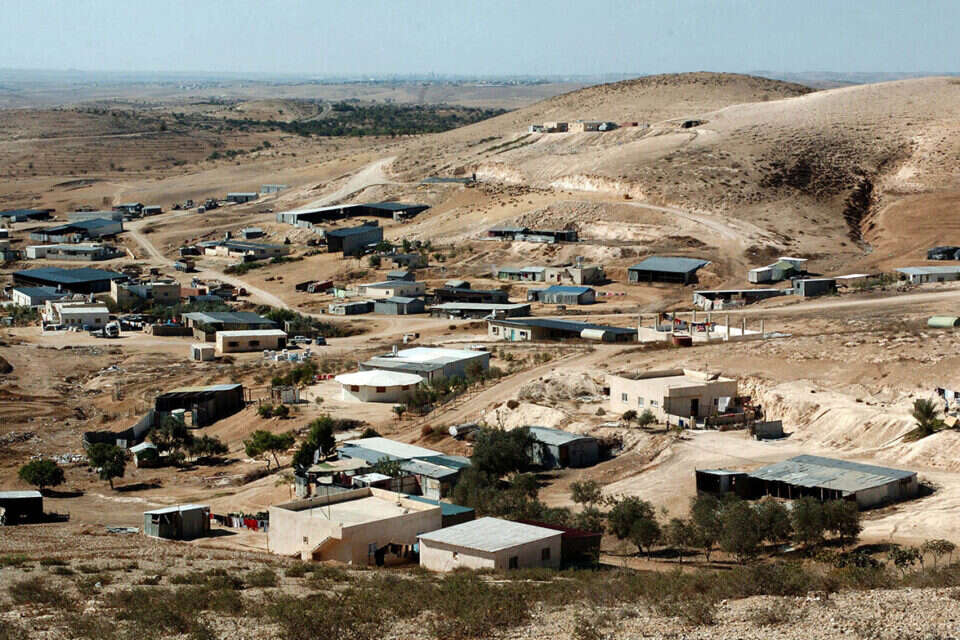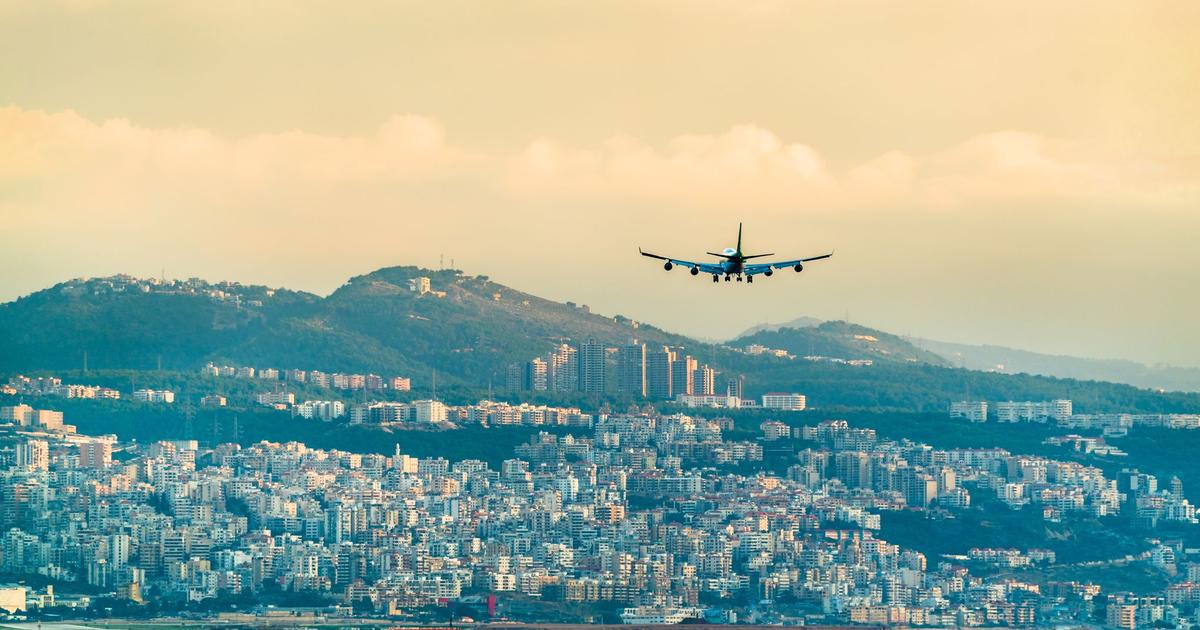Defense Minister Bnei Gantz's meeting with the Palestinian Authority chairman last week, as expected, provoked criticism on one side of the political map, and support on the other side. From a security and political point of view, the meeting is legitimate. She is what the political vision is leading her, and what are the trends in the field that she seeks to promote.
The official policy of the Government of Israel repeatedly clarifies that no significant political steps will be promoted in this government - neither for annexation nor for a political settlement. The constraints of the Israeli leadership are also clear to the Palestinian Authority and the American administration. But in the meantime, the reality on the ground is not really able to stand its ground, just as a pregnant couple can not ask to freeze time. And this is what raises concerns in the trend led by the defense minister. Although all the factors operating in the arena have quite internalized that in the next two years there will be no official political processes, generating a declared turnaround, and yet, it seems that in the meantime Minister Ganz is taking steps under the radar - in the two-state vision. In a creeping process, one acre here and one acre there, with the encouragement of the American administration, the Palestinian state is being built in areas that go beyond what is already in its hands in Areas A and B.
There is a lot of talk about Palestinian construction and takeover of Area C. It is possible that the Defense Minister's attitude to this issue underlies the understanding that at the end of the day - most of the space currently defined as Area C will be transferred to Palestinian control. His vision for the end situation in the region leaves the State of Israel no more than the settlement blocs near the Green Line, which amounts to a maximum of three percent of the Judea and Samaria region, and a narrow strip along the Jordan Valley, similar to the trend outlined by Prime Ministers Ehud Barak and Ehud Olmert. Of Prime Minister Yitzhak Rabin as presented in the Knesset debate on the Oslo II decision in October 1995, and the position adopted by Olmert and Barak.
The main difference between the Rabin map and the Barak-Olmert map is summed up in the meaning attributed to the role of Area C. In the Rabin map, areas in this area express necessary territorial conditions in the concept of security for the State of Israel. , And which will pass to Palestinian control at the end of the process.
"Borders of Defense"
The division of space into ABC areas was created on Rabin's table in a detailed planning process.
Areas that he saw as expressing Israel's security interests were marked on the map of the agreement as Area C.
In an effort to preserve the Jewish majority in the Jewish-democratic state of Israel, Rabin did strive to transfer the bulk of the Palestinian population to Palestinian control. To this end, he transferred significant parts of Judea, Samaria and the Jordan Valley to full PA control in Area A and civilian control in Area B. In doing so, he effectively ended the direct control of the State of Israel over most of the Palestinians in the area. At the same time, from a security point of view, he established Area C as a necessary anchor for an Israeli grip on spaces beyond the Green Line. His conception was placed on four main pedestals: the first - an Israeli hold on Greater Jerusalem that also includes Givat Zeev and Ma'ale Adumim; The second - a hold in the Jordan Valley in full depth as the security space for the defense of the State of Israel from the east;
The third - holding vital areas in the area, such as Mount Baal Hatzor and major junctions such as Tapuach Junction, in a combined effort to deploy settlement and IDF forces; and the last - preserving and maintaining Israeli-controlled corridors to connect the Jordan Valley Of IDF forces and settlers.
In this way, Area C - in which all Israeli localities and IDF camps are located in the Judea and Samaria region, together with the road network - expresses the space that Rabin perceived as necessary for the existence and protection of the State of Israel, an expression of his desire for "defensive borders."
In this security concept, Rabin made good use of the process of progress towards the implementation of the Oslo Accords, in favor of a systemic effort to reorganize spatially.
In this context, a large-scale infrastructure design effort led to the construction of a network of bypass roads in Area C, which will provide the IDF with the necessary conditions for operational mobility in the area. The one that actually enabled the IDF to withdraw from the concentrations of the Palestinian population in Areas A and B, while preserving the security interests of the State of Israel.
The question of freedom of movement
After more than half a century, a comparative critical view can be drawn between the security concept formed in Judea and Samaria and that formed in the Gaza Strip. Especially after the disengagement in 2005, a continuous border was created in the Gaza Strip Organized in complete separation - "They are there and we are here". Crossing the border for IDF operations in the Palestinian-controlled Palestinian territory has become a complex fighting event in the Gaza Strip.
In this reality, the IDF lost its freedom of action in the depths of the Hamas-controlled area. In Judea and Samaria, however, as a direct result of Rabin's creative spatial conception, in the integrated division of the area into ABC territories, the IDF's freedom of movement remained almost unlimited. . This, among other things, enabled the achievements of Operation Defensive Shield in Judea and Samaria, and it enabled the security forces in Judea and Samaria to reach terrorist operatives within a short time and arrest them, without using large forces, such as the operation on the outskirts of Jenin to capture the terrorists fleeing Gilboa Prison. Or like the swift action on the a-Harhatiya road to the arrest of the murderers of the late Yehuda Dimentman in Chumash.
The way in which the intertwined space in Area C is organized in the fabric of Areas A and B, expresses a unique concept of security space that in the half-jubilee that has passed since it was formulated - has proven its security effectiveness.
Subversive construction trends promoted by the Palestinian Authority in Area C, together with agreed-upon Israeli concessions promoted by the Minister of Defense, are increasingly eroding the foundation of the spatial infrastructure outlined by Yitzhak Rabin as necessary security conditions.
This is, for example, the danger of the new master plan currently being promoted by the Civil Administration, for the expansion of Palestinian quarries in Area C, in the vicinity of major arteries.
The trends promoted by Defense Minister Gantz throughout Judea and Samaria and the Jordan Valley are a matter of the State of Israel's overall national security concept. They are significant for the future of the State of Israel, and they should be the focus of public debate.
Were we wrong?
Fixed!
If you found an error in the article, we'll be happy for you to share it with us









